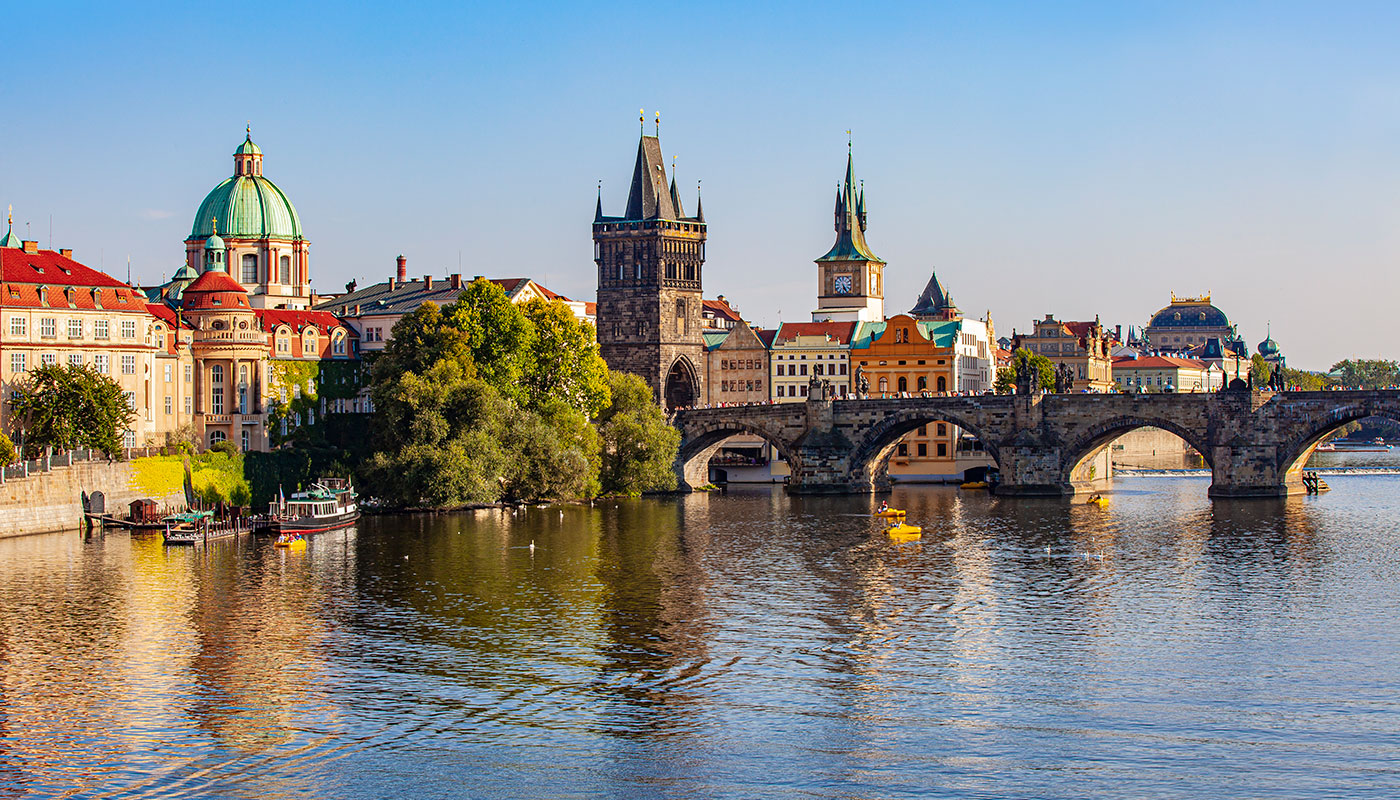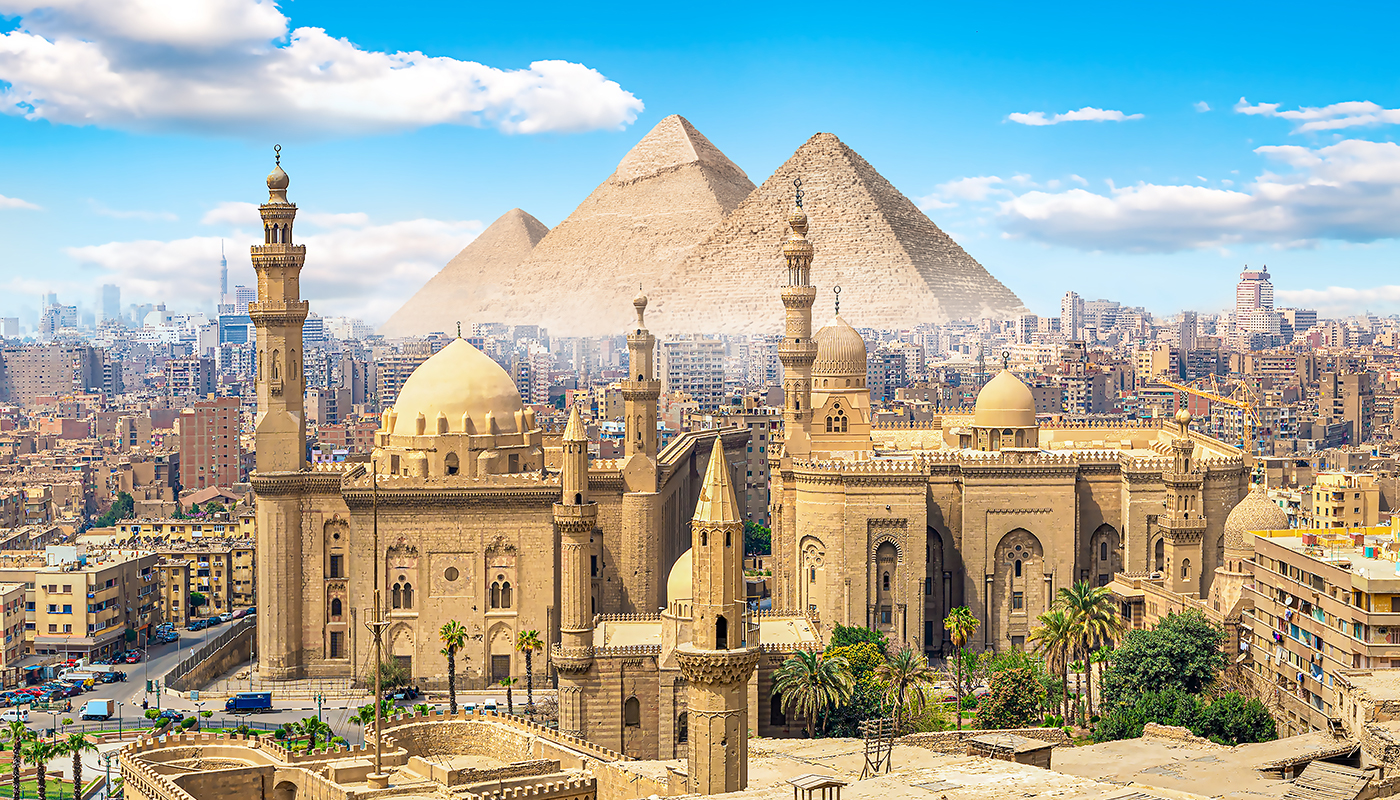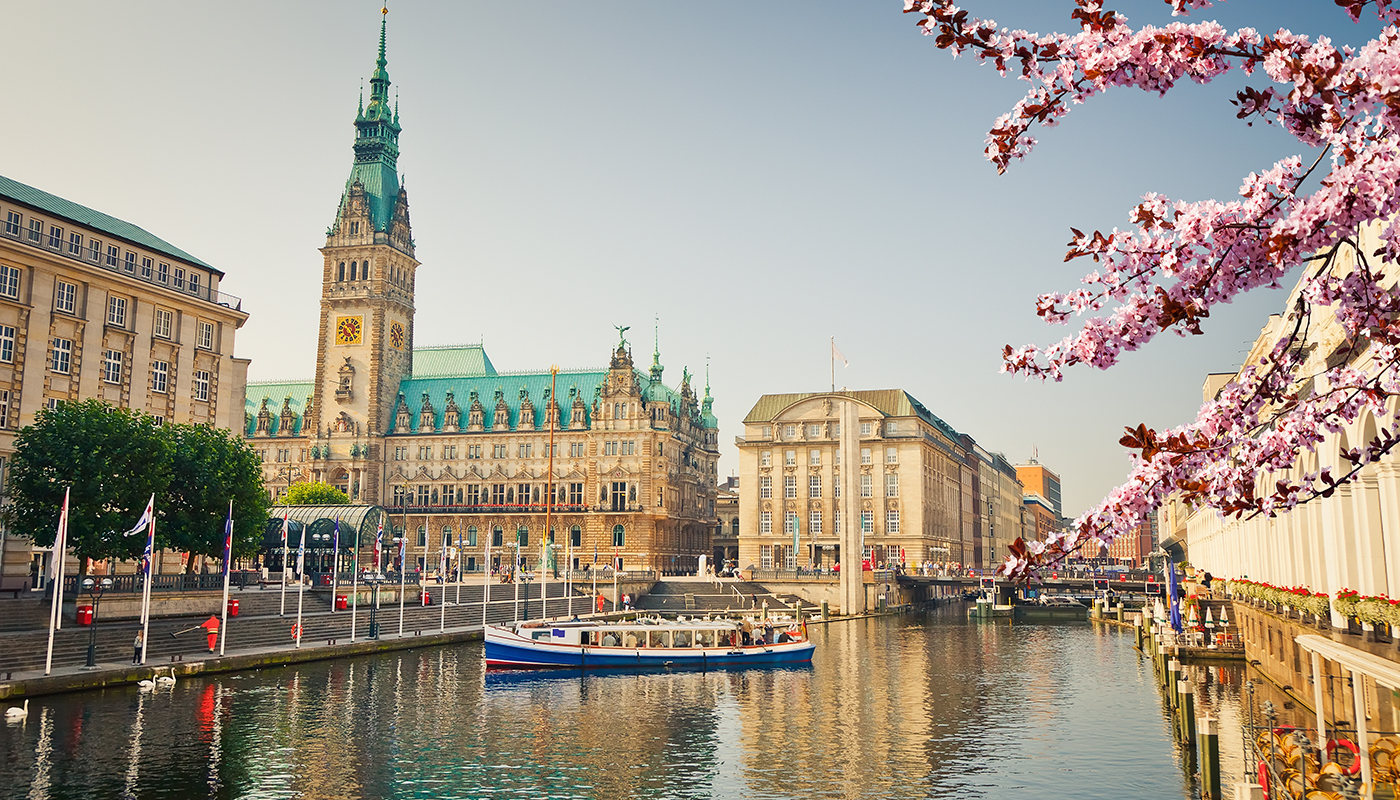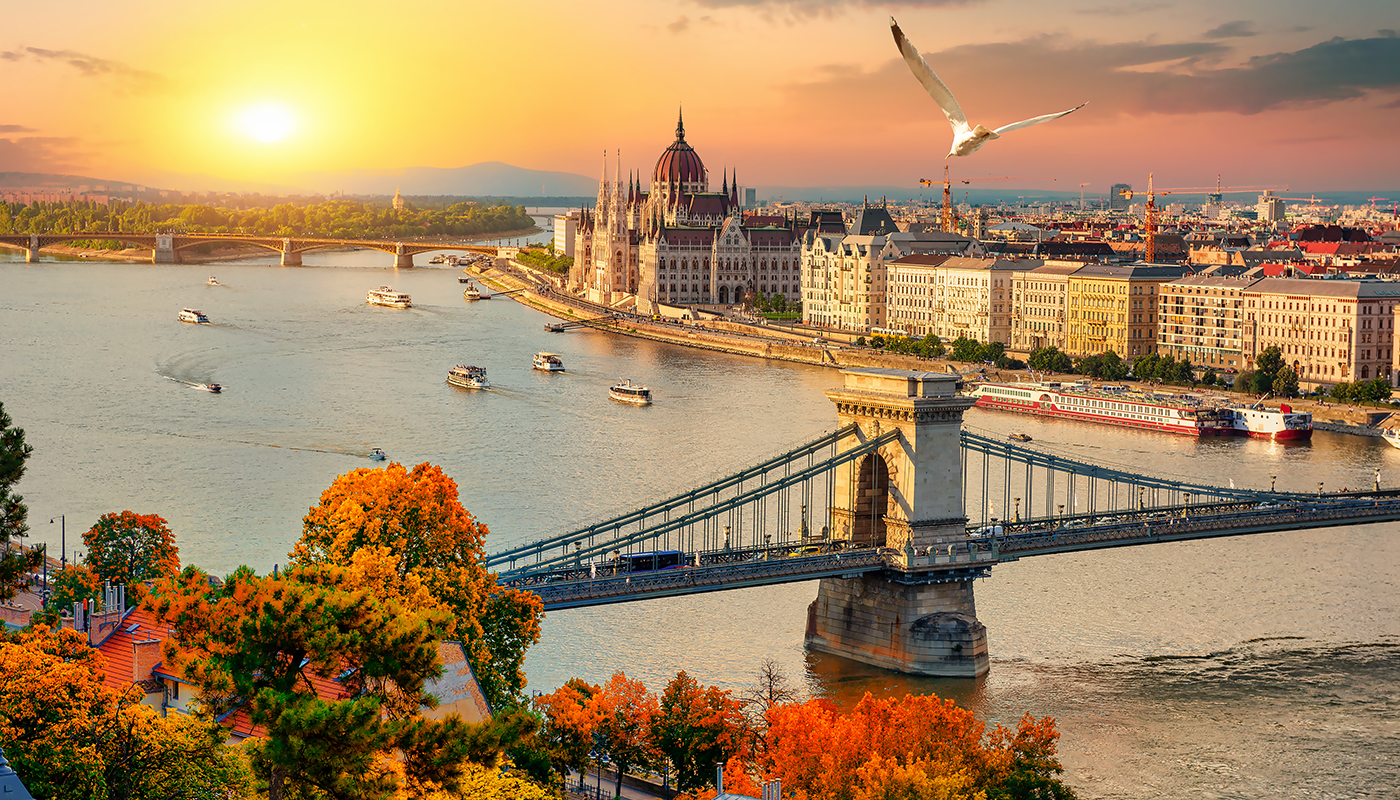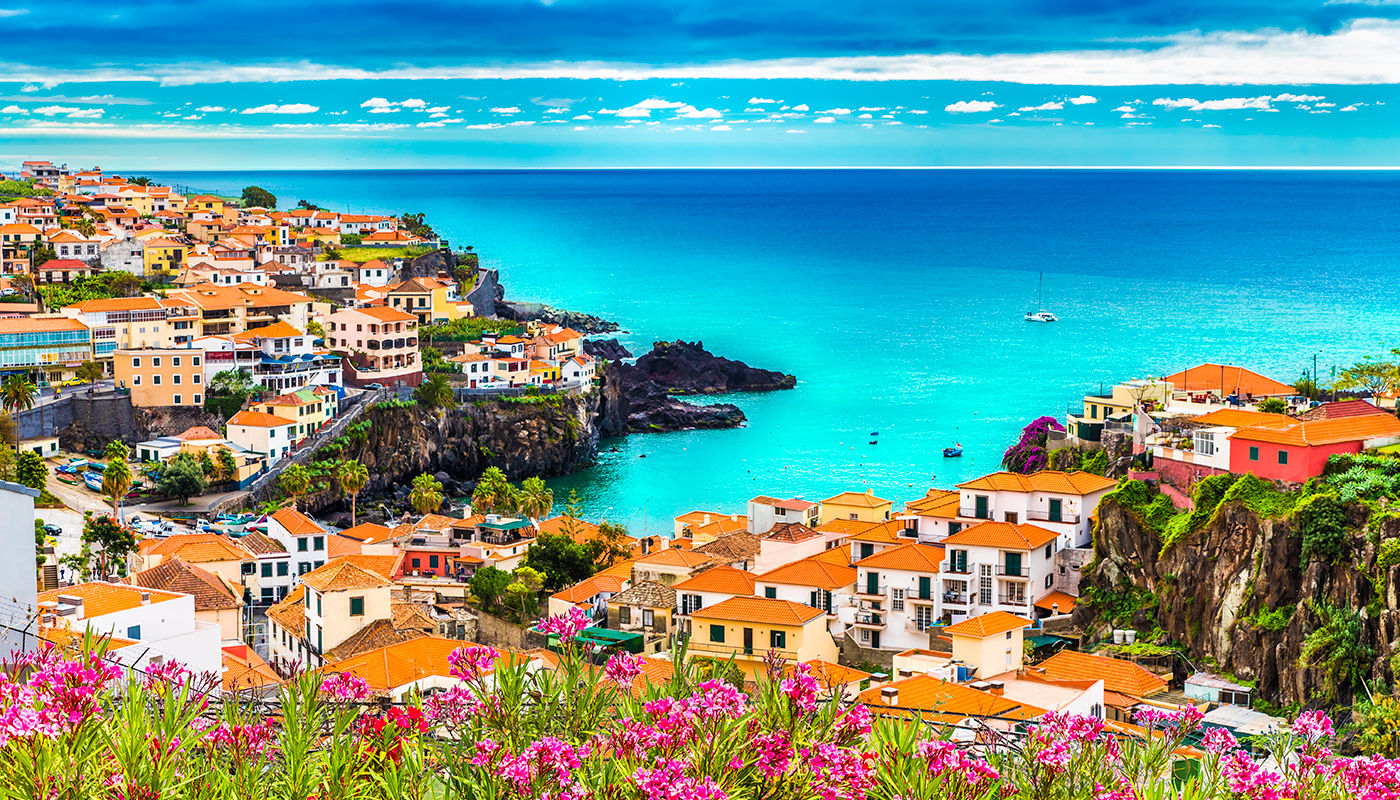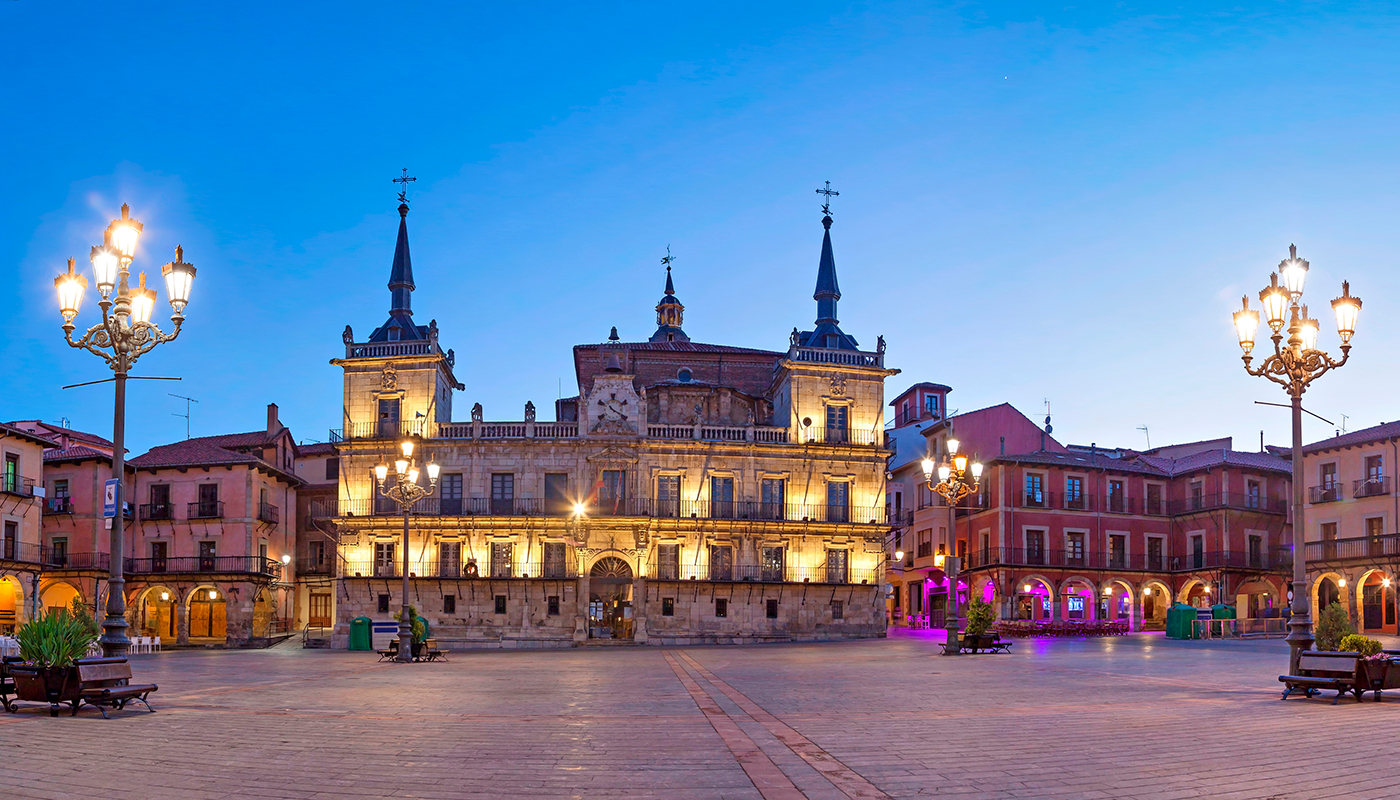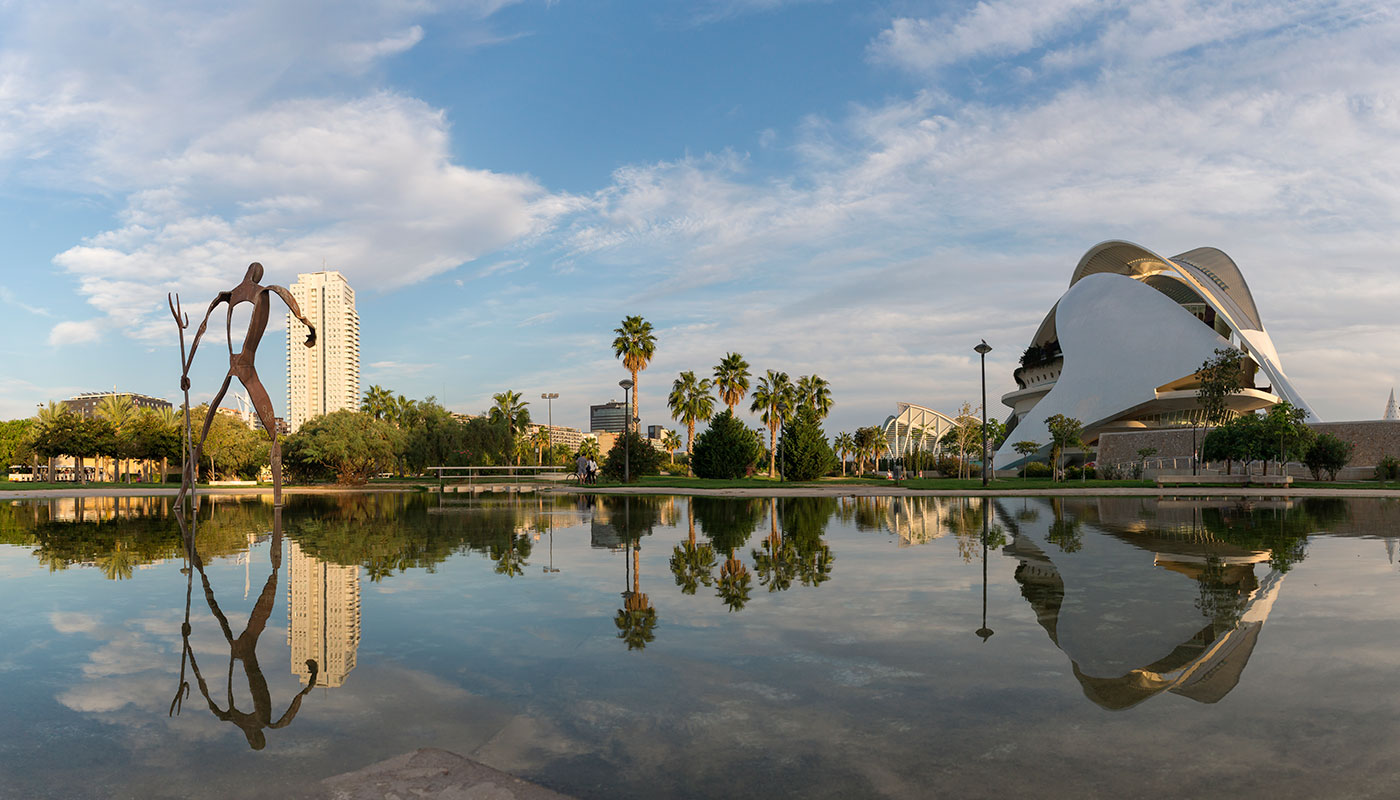Time is precious in the Eternal City; there is so much to see and do that there is no time to waste. You will need to take in the treasures of the Vatican, the beautiful Roman churches, the busy squares adorned with marvellous sculptures, the countless museums…the list is endless.
But if museums are your thing, the Capitoline Museums are a must for an in-depth knowledge of Rome. The museums are in Piazza del Campidoglio – a very interesting square in its own right since it was designed by Michelangelo. The museums get the name from the Capitolium, the smallest of the hills in the city, not far from the Roman Forum from which you can enjoy some spectacular views. They are responsible for housing the history of Ancient Rome and the collection is undoubtedly one of the top attractions in the city.
How the Capitoline Museums began
Some of ancient Rome’s most important buildings used to stand in the exact spot where the Capitoline Museums stand today. The Temple of Capitoline Jupiter (the most significant temple in the ancient city) and the Temple of Juno Moneta, or Tabularium (public archive) were there. You will have the opportunity to see many of the remains as you walk around the different galleries and exhibitions.

The history of the Capitoline Museums started when Pope Sixtus IV decided to bring an end to the pillage of antiques in Rome. In addition to prohibiting exportation of items, in 1471 he created a museum to preserve the city’s archaeological heritage. It was created in the ‘Palazzo dei Conservatori’ (Palace of the Conservators) and the pope donated a group of bronze sculptures that had previously been stored in the Lateran Palace. It included the famous Capitoline Wolf and this is how the collection began.
At the time, it was the world’s finest collection of art from Ancient Rome and it has continued to grow ever since. Continuous archaeological excavations meant that new findings were added to the existing collection and this was bolstered by donations from popes and other great patrons. In fact, the collection grew so significantly that a new storage space had to be built.
Michelangelo was commissioned to design a new building next to the ‘Palazzo dei Conservatori’ and restore the surrounding area. The greatest architect of the time therefore designed the incredibly detailed, almost trapezoidal ‘Piazza del Campidoglio’. He also designed the ‘Palazzo Nuovo’ (New Palace), came up with the idea for a new façade for the ‘Palazzo dei Conservatori’ and added a dual staircase to improve access to the ‘Palazzo del Senatori’ (Senatorial Palace), the main building in the square and now the town hall.
However, the work progressed so slowly that Michelangelo died before it was completed. His plans continued after his death and the work was finally completed in the 17th century. The ‘Palazzo Nuovo’ was opened in 1654 and it was a great relief to have a new space for the huge number of works of art that were in the ‘Palazzo dei Conservatori’. The two buildings are linked by an underground gallery (‘Galleria Lapidaria’) that was built in the 20th century.
They were officially opened to the public during the papacy of Pope Clement XII in 1734. During the mid-eighteenth century, Pope Benedict XIV continued to grow the Capitoline Museums’ collections. He created the ‘Pinacoteca Capitolina’ (Capitoline Picture Gallery) when he acquired a number of private collections from the Sacchetti and Pio families.
The most recent addition to the Capitoline Museums was made in 1997 when some items were moved to an old thermal power station – the ‘Centrale Montemartini’. It’s a great example of how a disused space can be put to use and set up for cultural purposes. The contrast between the industrial environment and the classic sculptures is a real hit. The building is around three kilometres from the museums, and concerts and a number of other different activities are held there.
What not to miss in the Capitoline Museums
Absolute icons from the world of art are housed in the rooms. These items are famous worldwide and they are immensely important to Rome. Thanks to ‘Galleria Lapidaria’, it’s now a lot simpler to move between one place and the other and visit some of the key remains from ancient buildings. For example:
- The Equestrian Statue of Marcus Aurelius. This statue may well be the most famous of all the works of art in the Capitoline Museums. It is a 2nd-century bronze sculpture and one of the few that survived the Middle Ages. It was on display because it was believed that it was a representation of Emperor Constantine, the first emperor to legalise Christianity.
It was moved to Piazza del Campidoglio in the 16th century where it was positioned in the very centre. Michelangelo designed a pedestal for it. Having long borne witness to the incredible history of Rome, the original is now stored in the museums for preservation purposes– the one in the square is a copy.

- The Emperor Marcus Aurelius in the forefront of the Capitoline Museums
- The Capitoline Wolf. According to Roman mythology, a she-wolf suckled Romulus and Remus, the founders of Rome. This item is one of the great symbols of the Eternal City, but it is not free of controversy. Whilst the figure of the she-wolf was always believed to be Etruscan, current dating techniques indicate that it was from medieval times. The two children were added during the Renaissance period and were quite possibly the work of Antonio Pollaiuolo.
- The Dying Gaul. This Roman copy in marble of the original Greek version is another of the key items in the Capitoline Museums. The realism it projects has held generation after generation of visitors spellbound. Completely naked, the figure refuses to accept death and his suffering is transmitted through the expression on his face. It is so perfect that it is one of the most copied items in the world of art because artists use it in order to learn.
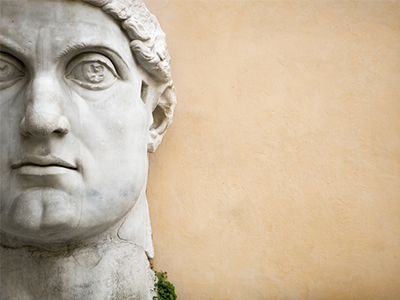
- Remains of the Colossus of Constantine. This item was a seated statue of Emperor Constantine I the Great. It was looted and the few remaining parts were found in the Basilica of Maxentius in the Roman Forum. The enormous remains (the head is particularly striking) are now stored in the Capitoline Museums.
- The Capitoline Venus. This is a Roman replica of an exquisite original sculpture by Praxiteles. It depicts Venus or Aphrodite hiding her nude body after bathing. You can’t fail to fall in love with its sheer beauty.
- Boy with Thorn. This small, bronze Hellenistic statue is another of the ones that has been reproduced time and again. It was very much celebrated during the Renaissance era and given a number of different interpretations. The posture is rather unusual and the gesture is not standard for a sculpture. However, it is a work of art that is full of compassion.
These are just a few of the surprises in store for you at the Capitoline Museums. Don’t miss absolute treasures such as ‘The Fortune Teller’ by Caravaggio and paintings by Titian and Rubens. You will also have the chance to see ‘Medusa’ by Bernini as you continue along your visit. You will find innumerable paintings of philosophers and Roman emperors right in front of your eyes. For example, Cicero, Nero, Caracalla and Trajan. Don’t miss the chance to enjoy this unbeatable walk around the history of Rome.






